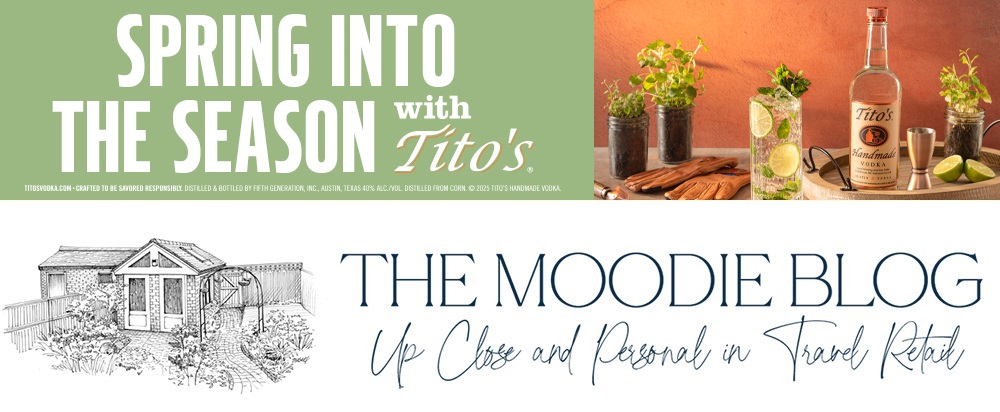Latest posts by Martin Moodie (see all)
“We are home, Christchurch lives on.” The paint-scrawled sign at the end of a driveway in the eastern suburb of Bexley stands as a statement of defiance.
Street after street after street has been rendered uninhabitable here. On a glorious Spring day, everything almost looks normal in what was a typically neat Christchurch suburb. Except it isn’t.
Almost all the houses are empty; at first view many appear undamaged but when you look closer you see everything is slightly off centre. Others are much worse, Dali-esque painting in their splayed, grotesque distortions.
Everywhere there is a gooey, sandy substance in the streets, as if these houses had been built on beach land. In fact it has been caused by a phenomenon called liquefaction resulting from the shaking of the earthquakes that hit the city in September 2010 and February 2011. Such was the violence of the tremors that in less than a minute they propelled a grey mass of liquid and mud up through roads, gardens and houses.
Yesterday I drove around my city. Parts of it are virtually unscathed. Parts of it look like a war zone. Almost the entire central business district is still ringed off. Much of it is being bulldozed, the buildings too dangerous to rescue. There are something like 300,000 individual property insurance claims in a city of 350,000 people.
I strolled past AMI Stadium (formerly Lancaster Park), which was due to host a series of Rugby World Cup matches, including two quarter finals. Not only will there be no World Cup here, the whole stadium is likely to be condemned after suffering massive damage. In its vast concrete emptiness it’s an eerie sight.
But life goes on here. Gradually the streets are being patched, the sewage system restored, the heartbeat of a city becoming stronger. At night the rugby-mad people sit glued to their TV screens, enthralled by the World Cup that has come to their nation, though not now to their city.
It is a place with ghosts now. Ghosts of the many who were entombed in collapsing buildings on that terrible February day. Ghosts of the ordinary suburbs that were rendered extraordinary in just seconds of bewilderingly powerful natural force. Ghosts of a city whose landscape and people are changed forever.









You must be logged in to post a comment.